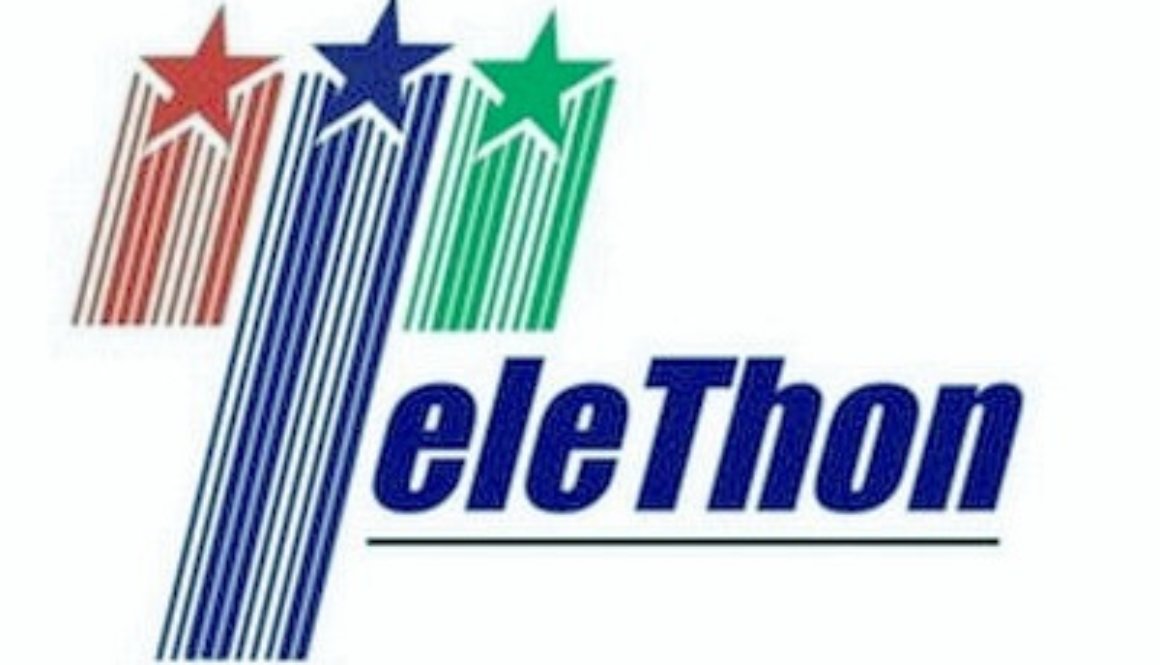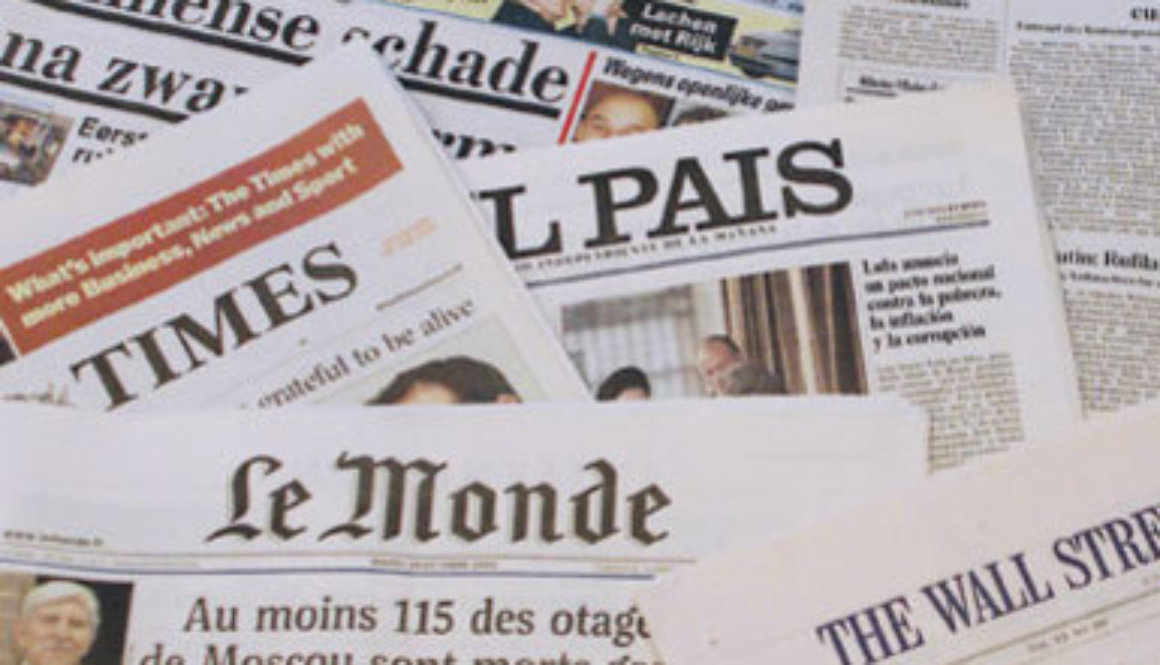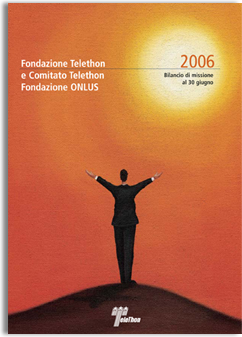serioga
Posts by Sergio Pistoi:
FAQ’s About Science Communication Courses
Where do you organise your courses? I rarely organise courses on my own. Usually, I receive an invitation from an institute, a centre or a company interested in hosting one of my courses or workshops, or I teach my courses during a scientific event such as a festival or a meeting.
How can we host one of your courses? The simplest way is to contact me. I will be happy to discuss your needs and eventually suggest the appropriate length and focus for the course.
What is the duration? The lenght and format are tailored to fit the organiser’s needs. The most requested format is about half a day and includes some practical activities. A longer course (one or more days ) allows a “full immersion” in science communication with many individual and groups activities. I also do 1 to 2-hours introductory seminars on request.
What is the language? English, Italian or French. Possibly not mixed.
I am an individual student/researcher/science buff. Can I sign up as an individual? Please note that I currently do workshops only by invitation from an organiser. Therefore, it is not possible to sign up as an individual for my courses. But you can suggest your professor, or chief, to host one of my workshops. Or you can organise one in your institution.
Where would you like to bring your workshops? Everywhere in the world.
How much does is cost? My rates are very reasonable. Do not hesitate to contact me with no obligation, and I will provide you with an estimate.
Do you provide handouts to the participants? Yep!
Do you have a more detailed program/a list of your past workshops? If you are interested, I can give you more information. Please do not hesitate to contact me.
Telethon foundation

Telethon is the second biggest biomedical charity in Italy. Its mission is to advance biomedical research towards the diagnosis, cure and prevention of muscular dystrophies and other human genetic diseases.
It was founded in 1990 by a patients’ association as an initiative inspired by- but not affiliated with- popular Telethon marathons in the USA and France. Telethon Italy focuses on scientific research. In its first 20 years of activity, the foundation has invested more than 300 million Euros in research and funded 2,200 research projects on more than 440 human genetic diseases, from basic research to clinical trials.
From 1998 to 2010 I coordinated scientific dissemination at the Telethon Foundation, reporting to the Chief Scientific Officer. From 2008 to 2010 I also worked as a consultant for scientific development. My role included:
Scientific dissemination
- Coordinated media activities (in Italian and English) to publicize the work of Telethon Foundation contributing to its excellent standing in Italy and abroad.
- Developed an effective information flow to and from Telethon laboratories (over 800 grantees) to ensure prompt dissemination of scientific discoveries. Maintained strong and productive relationships with Telethon-funded researchers.
- Tracked and selected newsworthy developments for communication to the press and the public. Produced over 80 press releases which obtained extensive coverage in the media.
- Organized press conferences and public meetings.
- Successfully oversaw a group of 2 to 4 co-workers.
- Contributed to producing 5 editions of the Telethon TV Marathon.
- Created and managed an information website that generated over 150,000 visits/month and an infoline on genetic diseases with more than 3,000 requests each year.
Translational research and evaluation
- Advised the Telethon Chief Scientific Officer in matters related to translational research, peer review, and benchmarking of research.
- Developed ad-hoc indicators to assess Telethon’s advancement towards clinical goals.
- Produced clear and concise documents about Telethon research.
- Contributed to the Research Strategic Plan 2006-2010.
Producing rock-solid press releases

A well-crafted press release is the best starting point for disseminating science to the media.
Who says that scientific stories are always misrepresented in the press? It isn’t necessarily so. In my experience, a scientific work can receive extensive and accurate press coverage with an appropriate media strategy.
Since 1998, I have produced and disseminated more than a hundred scientific stories to the press.
My press releases have been covered by the international media and have generated stellar visibility for many projects and the scientists behind them.
However, the extent of media coverage is only one parameter by which I judge the success of communication. Scientists are not seeking instant celebrity at all costs; instead, they want to disseminate balanced and scientifically correct information and avoid hype.
I have a long-term, demonstrable track record of generating widespread and scientifically accurate coverage for my clients’ research. This is not wizardry but the result of strategy, attention to detail, close relations with scientists and knowledge of media.
I help my clients in all phases of media dissemination, writing press releases, coordinating distribution to the press and assisting journalists for the follow-up of stories.
I have done media management for projects and organisations of any size, from single press releases to multi-million consortia. My work has helped many clients act as a reliable and authoritative source for the media, contributing to maintaining and increasing their reputation.
Annual reports with more appeal

Annual reports are an almost mandatory communication item for most research organisations. A good report must showcase scientific achievements with a clear, concise style and convey an organisation’s values and goals to a non-technical audience.
In 2006, the Telethon foundation asked me to review and edit their existing annual report in order to improve its readability and overall impact.
For fund-raising charities like Telethon, the annual report is particularly important: It helps stakeholders and potential donors evaluate the organisation’s accountability, transparency and efficiency.
The original document focused on hard facts about the foundation and on financial figures. I suggested a radical content redesign. We eliminated several redundant or unnecessary sections of the document, and the first part of the report was shifted towards stories that exemplified the goals and achievements of the foundation.
Transparency and hard data were still essential in the report, but they were now presented within the context of a story. We placed stodgy financial figures in an annex outside the main body of the document and organised them more rationally. We hired a graphic studio for the cover and the layout.
The resulting report was shorter (which, incidentally, saved the foundation a few thousand euros in printing costs), easier to read and more informative for the average stakeholder. After that redesign, I edited five editions of the report, which received very positive feedback from readers and stakeholders.
Publishable reports for EU projects
The EU guidelines state that:
The Publishable final activity report for EU consortia is submitted at the same time as the last Periodic activity report. In its final form it cumulates and summarises the activities and results over the full duration of the project. It is of suitable quality to enable direct publication by the Commission. While not excluding technical language, it should be broadly comprehensible to an interested general reader.
As the name suggests, publishable reports are …well, published online by the EU commission. Amongst the many mandatory documents of an EU project, the final publishable activity report stands out as a communication product addressed to the layperson.
[…]
In practice, the final publishable activity report is the only document that will certainly survive in the public space after the end of the project. Try Googling any expired EU project and you will probably stumble upon its final publishable report as the most prominent page available for public information. A concise, well-written report is therefore the best way to highlight the result of a project and account for the EU taxpayers’ money.
As part of my communication activity, I produce final reports for EU projects. With my help and a minor investment, EU project managers can outsource the reporting workload and obtain an engaging and effective summary of the entire scientific work and results.
As a bonus, I can enrich documents with state-of-the-art graphics that highlight the collaborative effort of a consortium and its bibliometric output.
